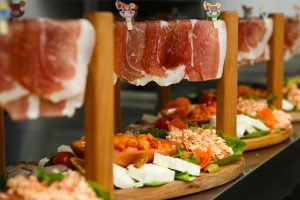
City of Niš
9th Small Systems Simulation Symposium SSSS 2022
Faculty of Electronic Engineering, Niš, Serbia

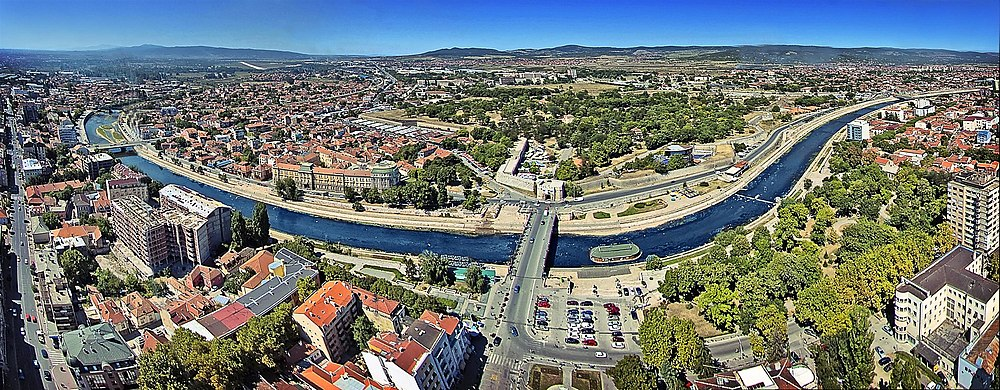
Niš is the largest city in the south of the Republic of Serbia and the center of the Nisava administrative district. According to the 2018. count, there were 256 381 inhabitants in the city of Nis, making it the third largest city in Serbia (after Belgrade and Novi Sad). It is located 237 km southeast of Belgrade on the Nišava River. The city of Nis covers an area of about 596.73 km2, including Niška Banja and 68 suburbs.
Since the days of the Roman Empire the city of Niš (former Naissus) has been situated at the unofficial boundary between the East and the West. The Roman Emperor Constantine the Great, was born right here, in ancient Naissus and was the founder of a “New Rome” at Constantinople. The Ottomans had control of Niš from the middle ages until the 19th century, and left an imperious fortress that still has a 16th century mosque inside.
There are also a few eye-opening memorials to violent episodes in the city’s history, like a skull tower that was built by the Ottomans to warn against uprisings, and a Second World War concentration camp, which was left unchanged as a memorial.
On the other side there’s magnificent nature outside of Niš: river gorges, Suva Planina Mountain and many hot springs.
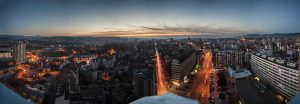
Niš Fortress
Niš Fortress is a complex and important cultural and historical monument. It rises on the right bank of the Nišava River, overlooking the area inhabited for longer than two millennia. It was protected by law in May 1948 as it was declared a cultural site of great significance. The current condition of the fortress lists it as one of the best-preserved fortifications of this kind in Serbia as well as on the Balkan Peninsula. The Fortress was erected on the site of earlier fortifications – the ancient Roman, Byzantine, and later yet Medieval forts. Today, it is a pleasant peace of nature within the city opened for visitors and the location of many famous Niš concerts, festivals, exhibitions …
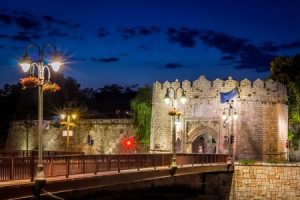
Niška banja
A few kilometers to the southeast is the city’s spa, which has traces of Neolithic civilization going back 3300 years. Naturally the Romans were fond of Niška Banja and built an ancient resort around its five springs. The Roman bath and its two pools, clad with mosaics hark back to this time. Thousands of years later, people still visit to bathe in the water and soak in the mineral-rich mud. The water comes out at between 36-38°C, and is actually mildly and healingly radioactive due to the natural presence of radon! It is claimed to be most beneficial for coronary issues, cellulite and to rehabilitate orthopedic injuries.
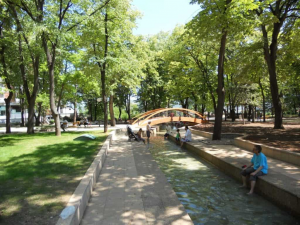
Marvel at the Three Fists
More than 10,000 individuals were murdered at Crveni Krst concentration camp, and those civilians are remembered in a memorial park above the city. Bubanj Memorial Park is another dark place in the history of Nis., and the Three Fists memorial encapsulates the crushing loss of World War II better than most of its type. Three monolithic concrete fists shake at the sky, signifying the men, women and children who perished in the camp. The park is a popular spot for locals during the summer, although the picnics and drinks are at odds with the inherent darkness of the area.
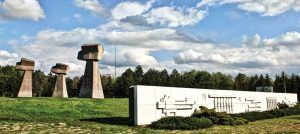
The Red Cross Concentration Camp
The tough times in Niš did not end with the expulsion of the Ottoman Empire. The Nazis occupied the area during World War II, and a concentration camp was set up in the city. Crveni Krst was initially intended to be little more than a transit camp, but the bloodthirsty violence of fascism soon saw it used for more nefarious means. A memorial museum stands on the site of the camp, one of the best preserved in the entire region.
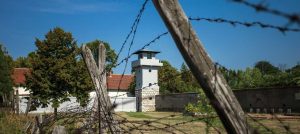
Skull Tower
This is the most famous tourist attraction in Niš. The Skull Tower was every bit as grim as the name suggests, and was constructed to warn the local Serbs against another rebellion. The tower was built by Ottomans in 1809. using the skulls of 952 fallen Serbian rebels, but less than 100 of the heads remain today. Despite this it remains one of the most important spots in the entire Balkan region.
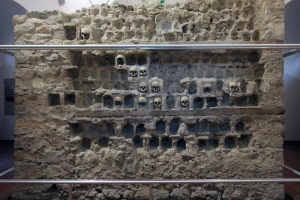
Ruins of Mediana
A very important archeological site can be found in the eastern part of Niš. Mediana dates back to the late Roman period, to the time when Niš-born Constantine the Great was in charge of the vast empire. It hints at a mighty, efficient and luxurious society, although such things are expected from the residency of the leader. Evidence of the Romans is found all over the city, but Mediana is the best spot for concentrated history.
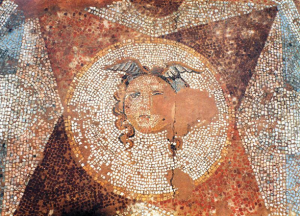
Latin Church in Gornji Matejevac Village
Latin Church in Gornji Matejevac Village in the 1000s a Byzantine church was built at a scenic location above the village of Gornji Matejevac on Metoh Hill. It’s one of only a few monuments in the region to predate the Nemanjić Dynasty, which ruled Serbia and much of southeastern Europe in the Middle Ages. The church has a condensed cross floor plan, and bears the classic Byzantine method of white stone and red brick. Although none of the medieval decoration remains, the church’s brick dome remains marvelous from the inside. The name “Latin Church” actually refers to merchants from Dubrovnik, known as “Latins”, who worshipped at the church in the 17th century.
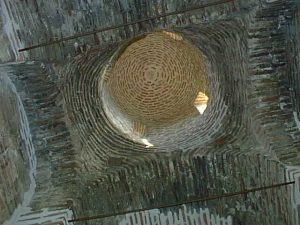
Jelašnica Gorge
Jelašnica Gorge on the east of the city, there is a two-kilometre Jelašnica. Gorge with the walls of dolomite that culminate with jagged, teeth-like rocks. There are few places to park up, and stop for picnic. There are also caves in the cliffs, the ruins of a Roman fort are still visible beside the gorge, as well as the enchanting Ripalijka waterfall.
The Sićevo Gorge on the Nišava River is also near, with two hydroelectricity plants from the early 1900s.
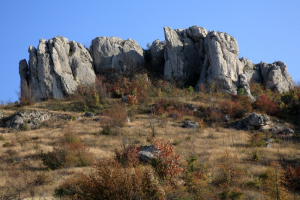
Traditional Food
This part of Serbia is famous for its food, and with good reason. The best burek, pljeskavica, ćevapčići and the others are almost certainly found in the region around Serbia’s third largest city. Vegetarians may be in for a tough time around these parts, but others should come to Niš with hearts in their eyes and plenty of space in their tummies. This is an unquestionable paradise for gluttons.
